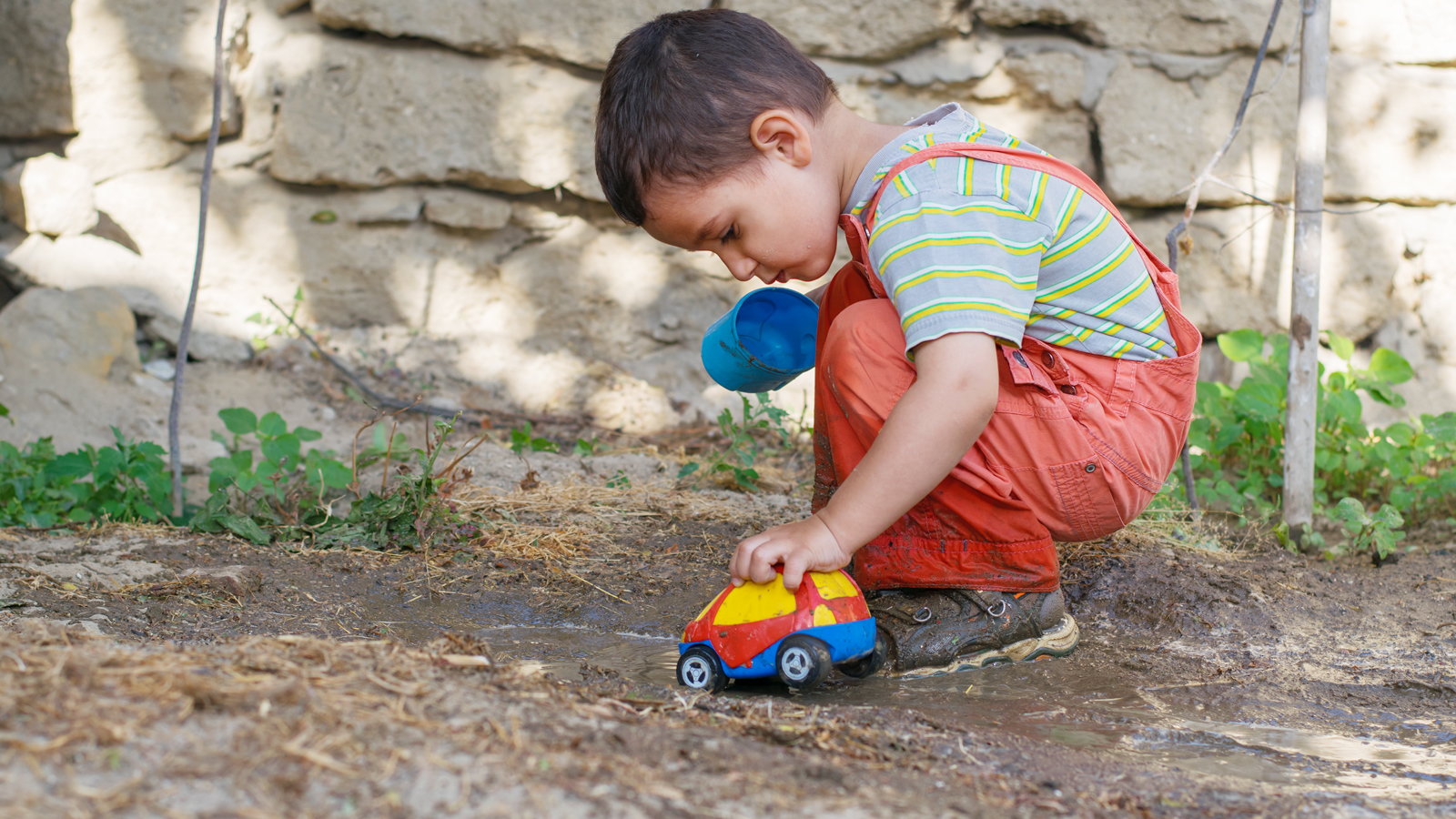
If your child has an autism disorder, you’ve probably been riding an emotional roller coaster. It’s no easy task to know how to respond to the unusual outbursts, lack of speech, or other unpredictable behaviors that can be typical of an autistic child. Autism is more common than you might think. This neurological and learning disorder impacts one in 88 children in the nation.
Take comfort in the fact that many other families have coped successfully, and you can, too. Here are some tips to help you deal with a child who has autism spectrum disorder (ASD). And keep in mind that figuring it out is a process.
Start by Building More Awareness
You’ve already taken the first step by becoming aware of your child’s autism. Now it’s up to you to expand that awareness by finding out what you can do to help manage the disorder.
It’s called a “spectrum” disorder because individuals who have it fall within different areas of a mild to severe range. It’s important to realize that every case is different. However, every child who has the disorder shows some deficits in these key areas:
- Interacting with others socially (difficulty maintaining eye contact, emotional signals, and give-and-take with others)
- Showing repetitive behaviors or interests (rocking, flapping, twiddling)
- Having issues with communicating verbally and non-verbally (lack of “talk,” taking turns, remaining engaged)
Make Every Effort to Intervene Early
Although there is no cure for autism, there are many early interventions that help to address the needs of each child:
- Behavioral therapy – This usually involves the whole family to help improve skills in language and cognition.
- Social skills programs – These are special programs geared to school-age children with autism. Some teachers have used iPad apps to assist autistic kids who are having issues with verbalizing. The apps are user-friendly and offer an opportunity to put words and images together to create sentences.
- Transition services – Such services help adolescents become independent adults.
There is also a very intense early intervention treatment called Applied Behavioral Analysis (ABA). It usually includes one-on-one interaction between a child and teacher for as many as 40 hours each week. It helps to cut back on negative behaviors and increase positive ones.
Check the Qualities of Effective Programs
While there isn’t one particular treatment that works for every child with autism, there are certain qualities that are common among the best ones, per the American Academy of Pediatrics:
- Starting an intervention effort as soon as your child is diagnosed with a form of autism spectrum disorder
- Offering learning opportunities focused on the correct skill level for your child for at least 25 hours a week
- Guiding the autistic child with using newly learned skills in various new situations and environments
- Giving the individual child an opportunity for one-on-one interaction with a therapist, along with small-group activities
- Involving the family in special training
- Keeping track of the child’s advancement, and being certain to adapt the program to his or her needs
- Providing consistency and structure with boundaries that help to lower the possibility of distraction
Get the Support You and Your Child Need
Many families of children with autism and groups devoted to them have helped support one another over the years. For example, the Autism Spectrum Disorder Foundation (ASDF) is an active national organization that helps make life better for families and their child living with autism. ASDF offers information, educational opportunities, and at times, some financial assistance to families.
So it is possible to find a silver lining after learning that your child has ASD. There are organizations and families that can listen to your concerns and offer help.


